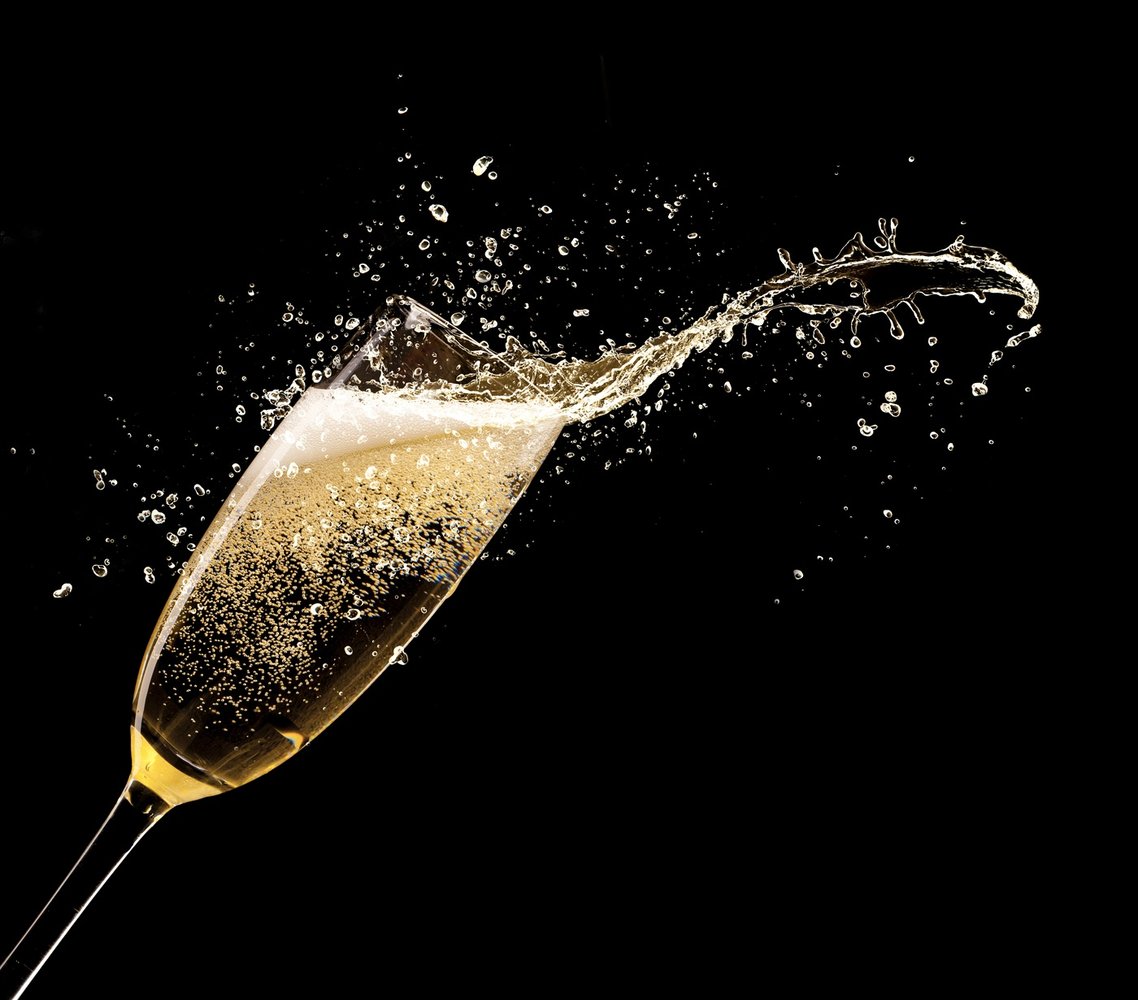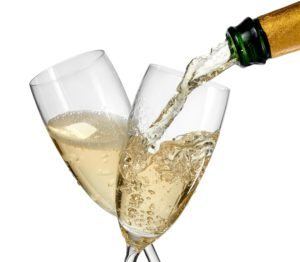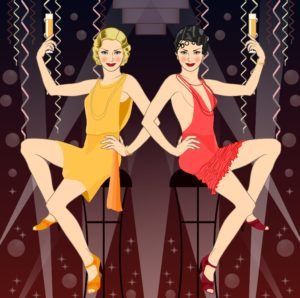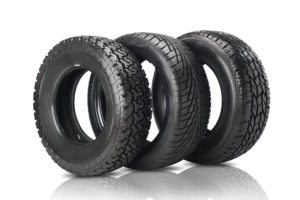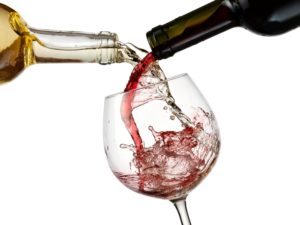Champagne is the drink of choice for special occasions, but I try to find an excuse to enjoy a glass more often. Our first Champagne fact: Matthew likes it with popcorn.
‘Remember gentlemen, it’s not just France we are fighting for, it’s Champagne’ – Winston Churchill during the first world war
‘I drink Champagne when I win, to celebrate…and I drink Champagne when I lose, to console myself.’ (Napoleon Bonaparte)
Despite our best efforts to democratise it, the bubbles symbolise luxury, celebration, joy and the good life. Pioneers of Champagne as we know it today were Madame Clicquot early nineteenth century, and Monsieur Moët, followed by enthusiasts and entrepreneurs like Krug, Bollinger, and Roederer. All famous names now.

Three main grapes varieties go into Champagne: Chardonnay, Pinot Noir and Pinot Meunier. However it comes in a range of styles and tastes. It is pricier than other sparkling wines because of the brand value, limited production and the extra costs involved in making it. (See our article: How sparkling wine and champagne get their sparkle.)
I have tried and enjoyed other sparkling wines, but I must admit that my heart still belongs to Champagne, even if I have to dig deep into my wallet to buy it. Perhaps this is why I geek out so much about it.
Champagne Fact #1: The first and the best
Let’s start with an important fact: Champagne was the first region in the world to produce sparkling wine.
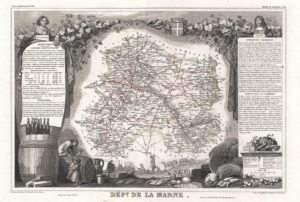
Champagne Fact #2: The British invented it
The development of stronger English glass bottles made it possible to store and distribute sparkling wine. Some have even claimed that the British invented the stuff. French glass was thinner-skinned and simply exploded under pressure whereas bottles made from British glass kept their upper lips stiff, kept calm and carried on. In the 18th century, only a few thousand bottles were produced every year, with half of them breaking during the second fermentation.
Champagne Fact 3: High pressure
It’s hardly surprising that you need a sturdy bottle. A Champagne bottle can have a pressure of 6-7 atmospheres pressure (100psi), compared to a car tire which is around two atmospheres (32psi). A Prosecco bottle has 2-3 atmospheres.
Champagne fact Fact #4: Expensive grapes
CIVC limits yields and growers pick grapes by hand to avoid damaging them. This drives up the cost per kilogram to around €6, reaching up to €8.5 per kilogram for grand crus. As a comparison, prices for Cava grapes are €0.8-1/kg, and grapes for Prosecco can run between €1.5-3/kg.
Champagne Fact #5: Gently pressed
Due to juice extraction restrictions, it takes 1.2kg of grapes to produce one 750ml bottle of champagne. The best champagnes use only the first four-fifths of the extracted juice, gently pressed (the equivalent of 1.5kg of top quality grapes), called cuvée. The remaining 20% called taille is given away for distillation.
Champagne Fact #6: It’s a blend
The base wine can be made by blending as many as different 70 wines from different grapes and different vintages, with the exception of vintage champagne, where grapes come from the stated vintage.
Champagne Fact #7: It’s getting dryer
Champagne was initially sweet. English market preferred drier style, leading to a shift towards Brut styles. That trend is continuing with a growing preference for brut nature wines without any added sugar at all.

Champagne Fact #8: Red and white = rosé
The rosé style is the only wine in the EU that can be made by blending red wine with white wine.
Champagne Fact #9: Age before beauty
Non-vintage champagne must be aged at least 15 months, while vintage champagne must spend at least 36 months on its lees. However, big champagne houses age their non-vintage champagne much longer than the minimum required period. The best champagne continues to develop as it ages and hundreds of millions of bottles in cellars across the region and around the world, like uncut diamonds waiting to be dug up and enjoyed.
Champagen Fact #10: Blingtastic bottles
The most expensive bottle of bubbles in the world is Goût de Diamants. It’s the ultimate in conspicuous consumption. For the price of a small Scottish castle, you can have a bottle covered in gold and bearing a diamond. All this luxury costs about £1 million per bottle. Fortunately for the rest of us, a cheaper version, without the diamond, is a mere £150,000. Suddenly spending £100 on a bottle of vintage Bollinger seems utterly reasonable. Good value even.

